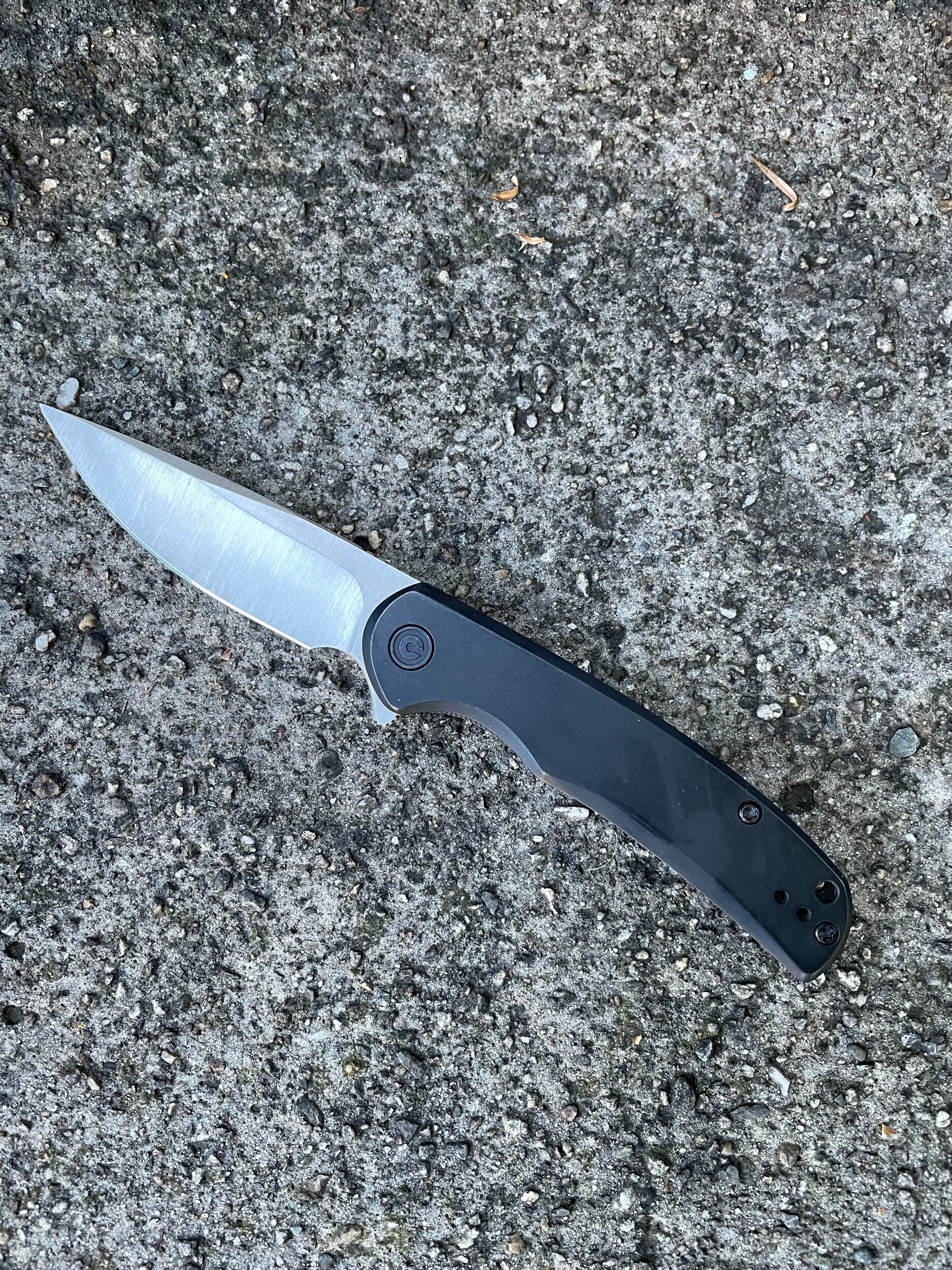Renovating My Position on Knife Steel
The evolution from steel snob to steel agnostic is one I will probably never fully undergo, but I am much less critical of steels than I used to be. Lots and lots of use has shown me that small differences in performance are virtually unnoticeable and that steel upgrades are more for marketing than anything else. So that you better understand the position I hold now for purposes of reading my reviews, I am going to spell it out here. It is basically trying to incorporate Larrin Thomas’s work at Knife Steel Nerds into my thinking. For those that live in reality, science-based and evidence-based thinking is best.
Hardness v. Edge Retention
In reading more about steel I have come to realize that hardness and edge retention are not necessarily the same thing. I had thought of them as the same and treated them as the same for purposes of reviews, but the reality is they are different and while hardness matters, for end users like us, edge retention is more important. This leads to another insight.
Steel Criteria
My four legged stool metaphor for steel has been, for years now—hardness, toughness, corrosion resistance, and ease of sharpening. That analysis leaves out one important thing—value. I have three Nitro V knives, including the NOx above, in for review right now and all are excellent. Paying more for steel that is not markedly better is dumb. Elmax, for example, is significantly cheaper when incorporated into a knife than something like M390. It is not significantly less tough or worse at edge retention. Why pay more for something that doesn’t provide more?
The Value of Easy to Maintain Steels
I have come to truly love sharpening knives. It provides me almost endless joy. It is also fun to take crappy dull knives of friends and put a good edge on them. Getting emails and texts about how their knives cut so much better is exciting. And I am getting better. I wouldn’t say I am good, but I am no longer bad. I can put a pretty good edge on all steels and I have sharpened every knife but a few (like my mirror polished Scott Sawby). But the reason I like sharpening is because I can see good results with it. Steels like S90V and some renditions of S30V, along with one of my least favorite steels, VG10 seem to have no correlation between work performed and edge retention. Thus, I really want a steel where you can sharpen it, see results, and have those results stick around for a while. Spy27 was amazing on this account and it held an edge like S35VN. Pretty good compromise for me.
What Actually Matters
Larrin’s recent appearance on Mark of the Maker helped clarify what I have been processing for a few years now—a knife’s performance is based on edge geometry more than anything else. The recent review of the Damned Designs Djinn convinced me of this. It is a good knife, but the edge geometry is off. That meant that it didn’t cut like it could or should. It was less than it could be. Over and over again, one fact has proven true—thin grinds cut better. You could have all the mojo in the world cooked into a bar of steel, but if you grind it poorly, it won’t cut. Period.
I am not sure this is scientifically precise, but a knife’s performance can be broken down like this:
Geometry: 80%
Steel Chemistry: 10%
Heat Treat: 10%
Steel does matter. Controlling for geometry, say on a good evergreen Spyderco, steel can and will make a noticeable difference. I liked the Dragonfly II, but it wasn’t until I tried it in ZDP-189 I truly fell in love with the knife. In this instance the blade geometry was constant and the steel changed. That change was noticeable. But a knife with poor geometry, like the Djinn, wouldn’t cut better than a Dragonfly II regardless of the steel.
Similarly, heat treat does matter, especially, again, if you control for the blade geometry. Bos heat treated Buck knives do perform better and that performance improvement is enough to notice even when used for EDC tasks. My 420HC Bucks perform more like VG-10 Spydercos. Similarly my S30V Bucks, like the Buck Vantage, were much more like Elmax or even M390. Bos heat treats prove, decisively, that heat treat can matter. But again, without good blade geometry, a correctly heat treated knife still won’t cut.
This is why I have been so obsessed with thin blades. Made stock thin is about 90% of good edge geometry. You can made it too thin, see e.g. the Kershaw Leek, but that is a rare example of a thin bad knife. The thin wafers of steel coming out of TRM are much more of exemplar—they are truly great knives and cut like magic largely because they are thin.
Ideally you’d get all three, but if you can’t buy based on blade geometry. If you can test the blade, use stock thickness and grind type as a proxy for good blade geometry. Thin stock in a tall hollow or full flat grind will get you most of the way to where you want to be.
My thoughts on steel are changing. I am less of a steel snob. But I also hope to remain more informed by folks doing good science on steel. Larrin is a community treasure and one of the best voices in the IKC. I hope to conform my thoughts more to the science and renovate them as the science warrants. That seems like a good policy both in knives and life in general.
Amazon Affiliate Links
Purchasing items through the links below helps keep the blog 100% independent.

